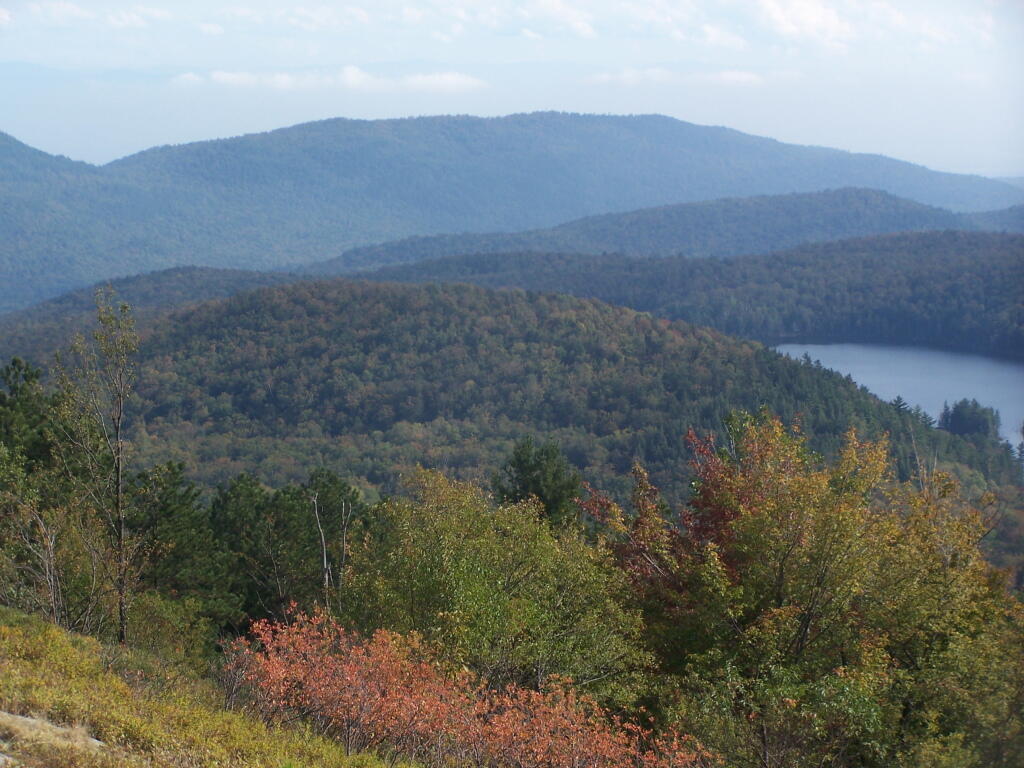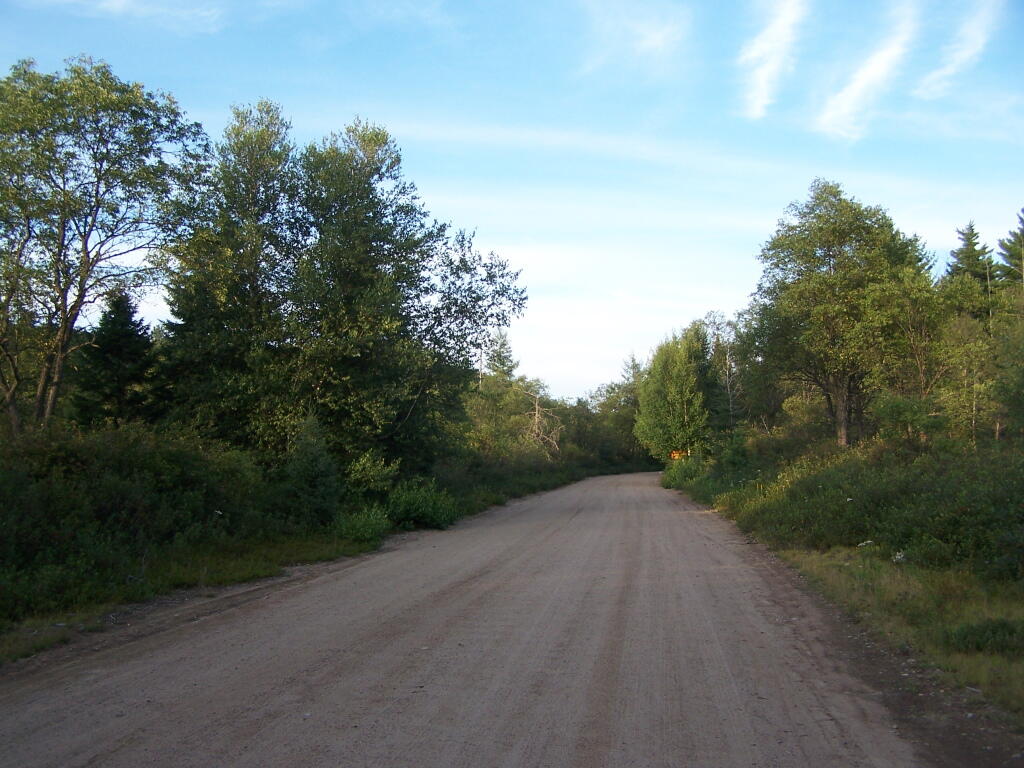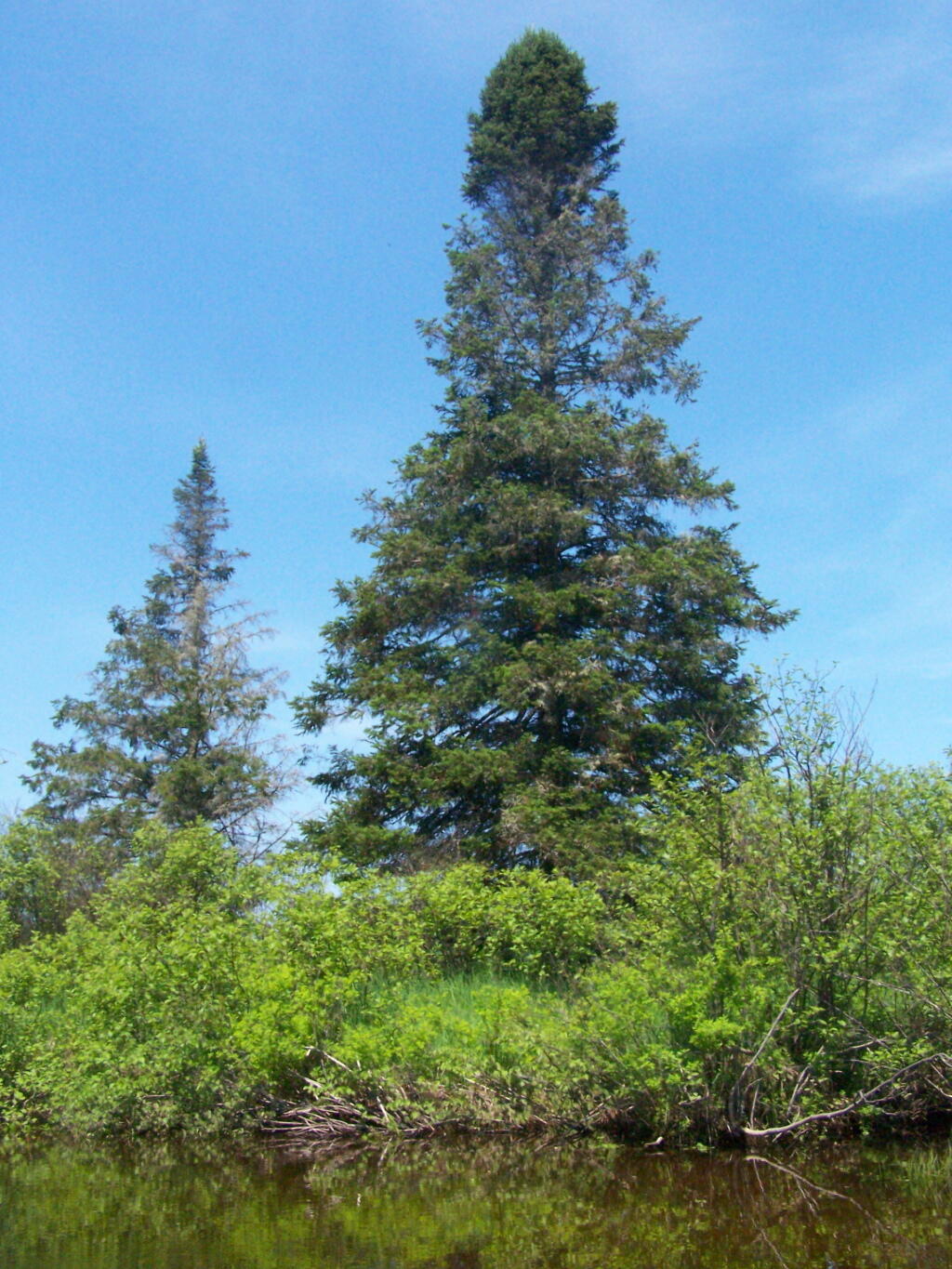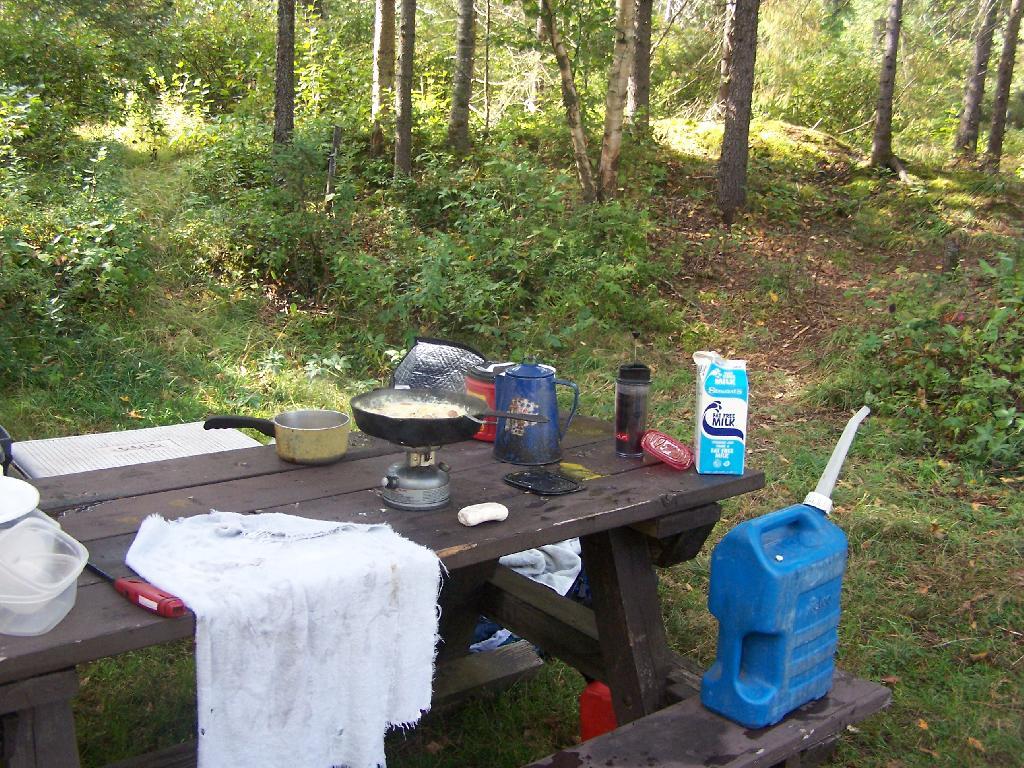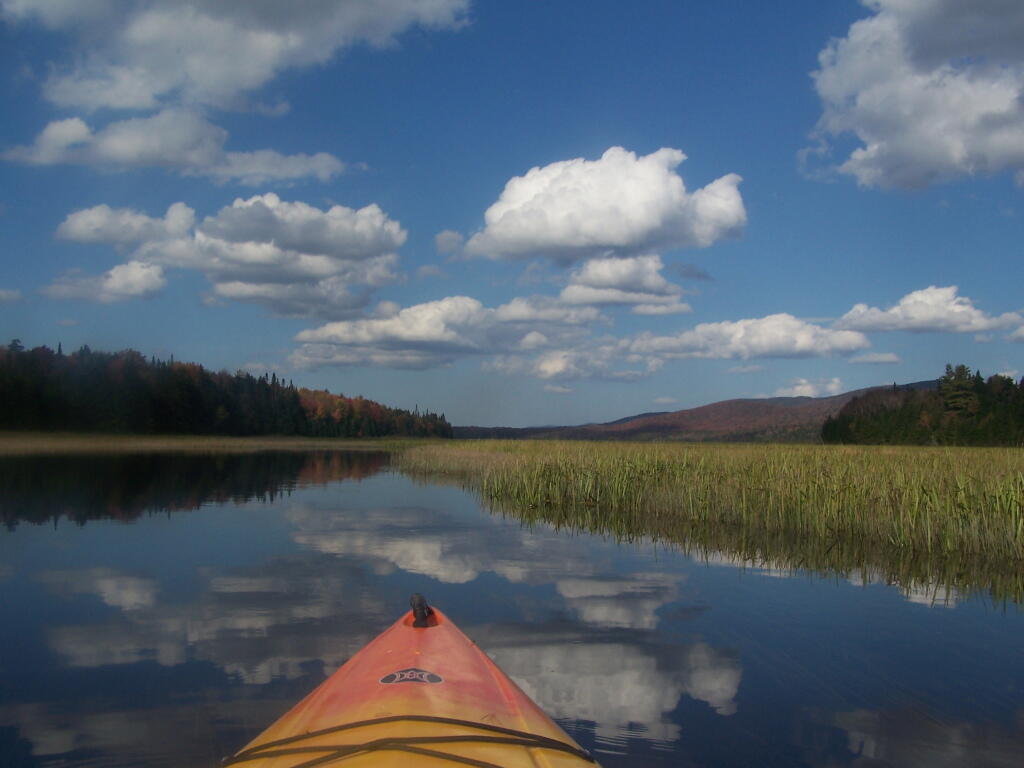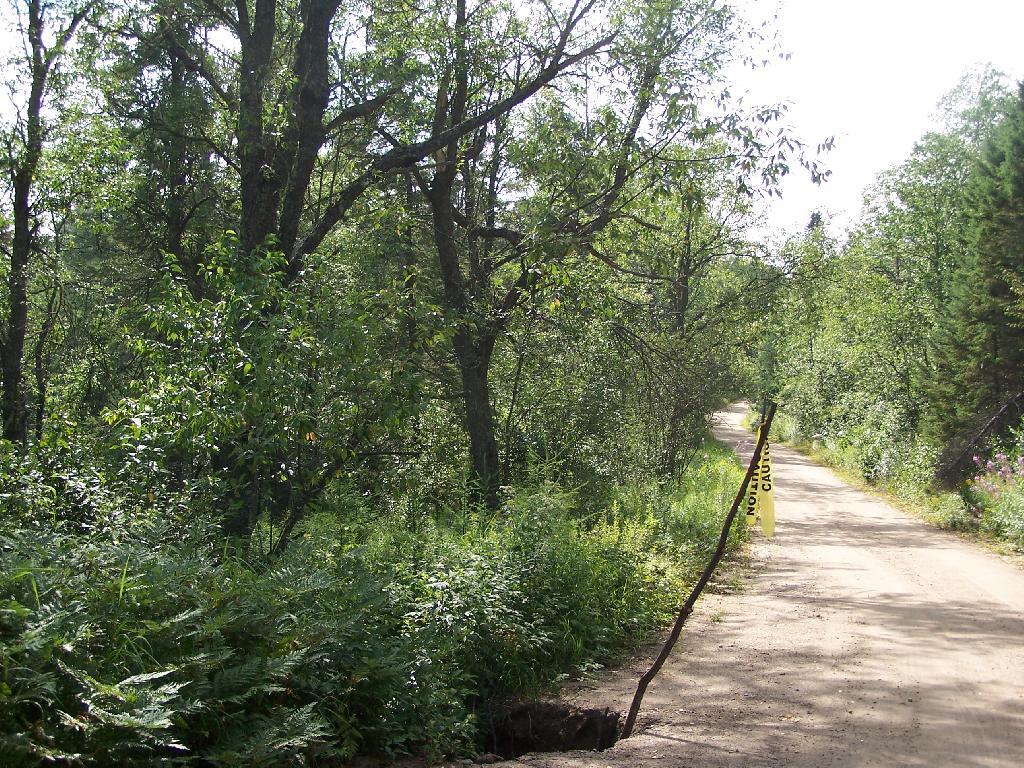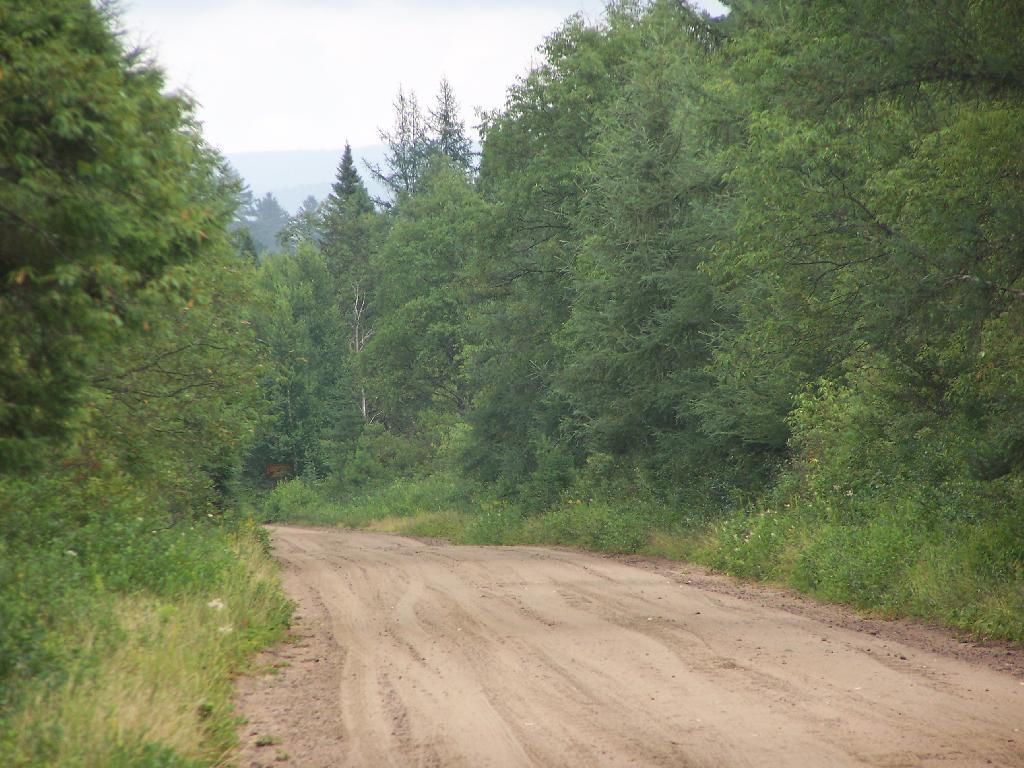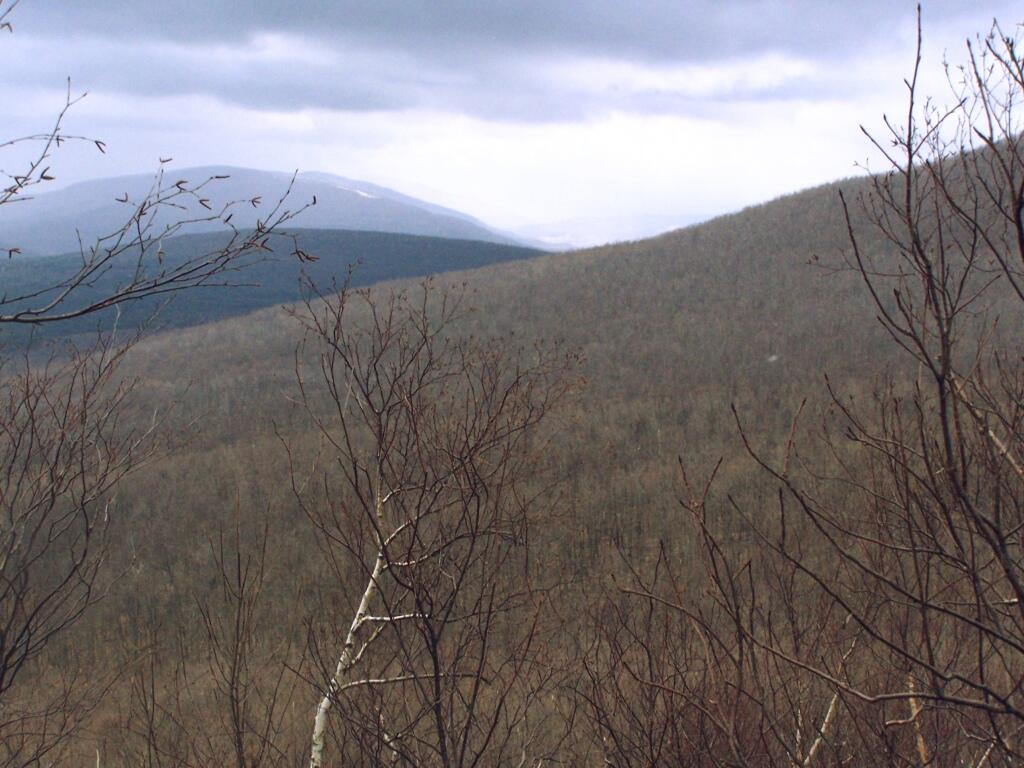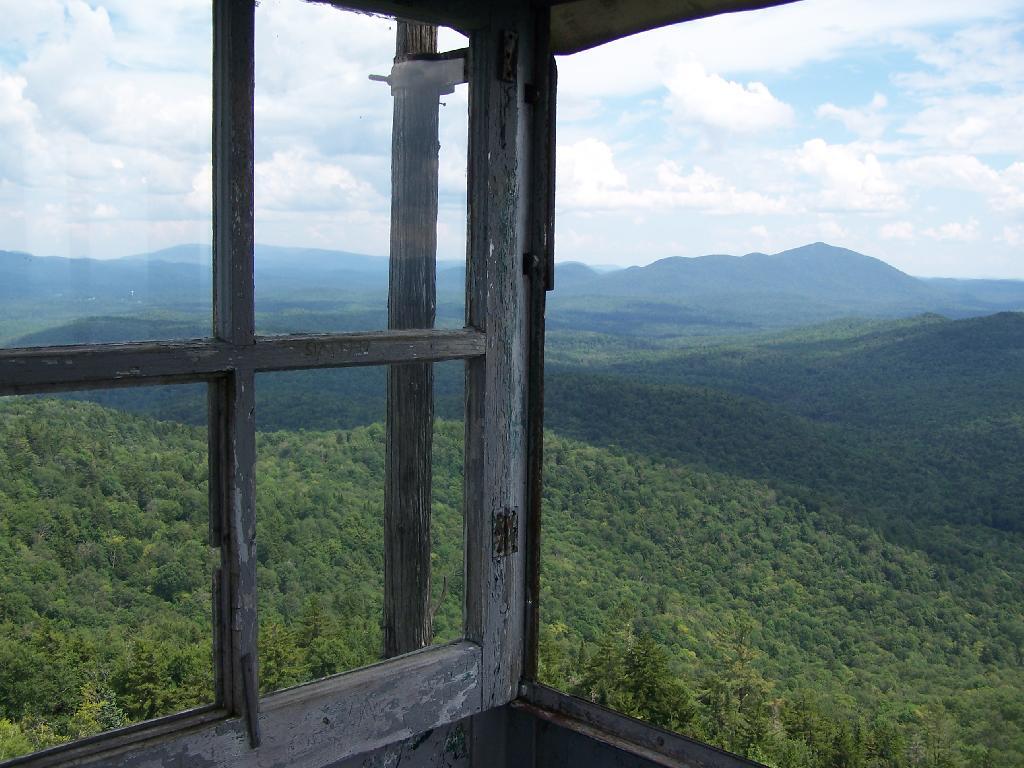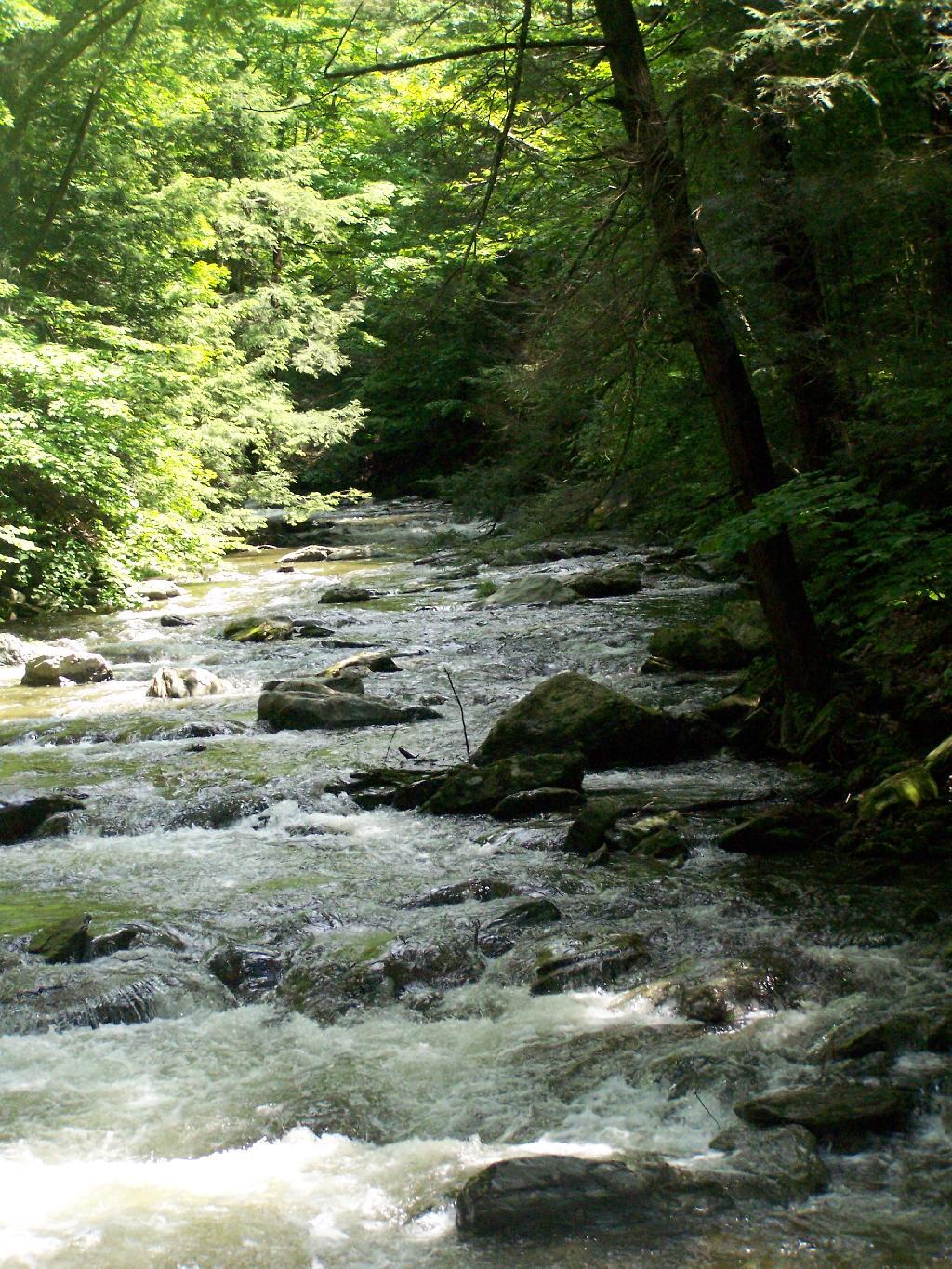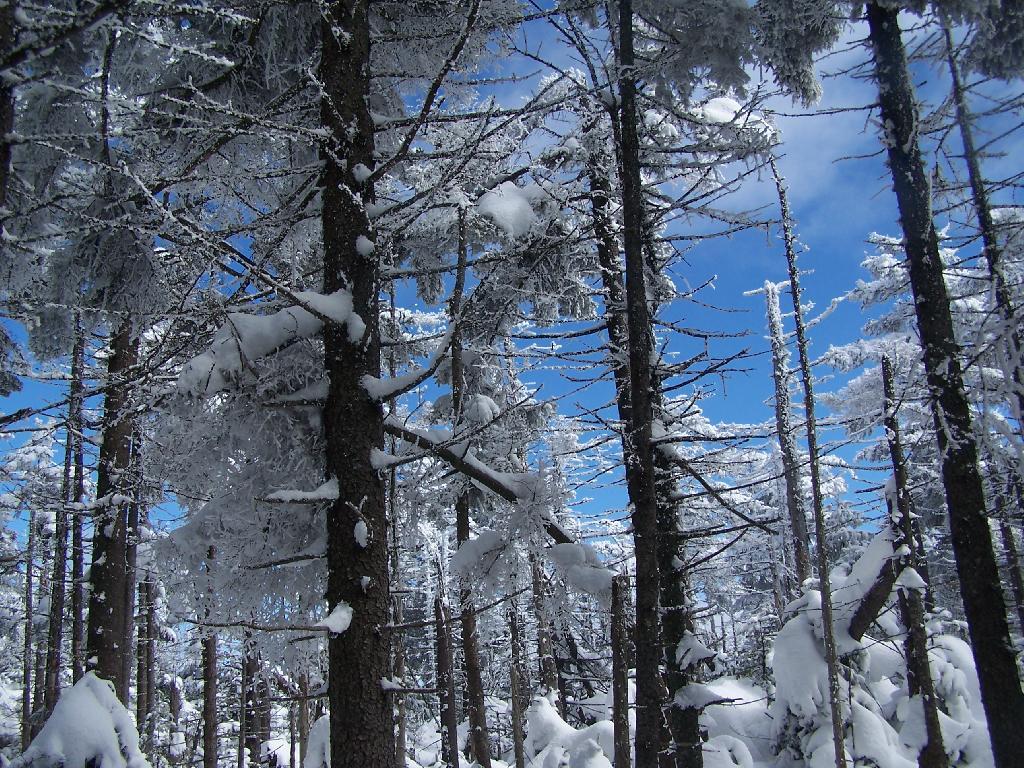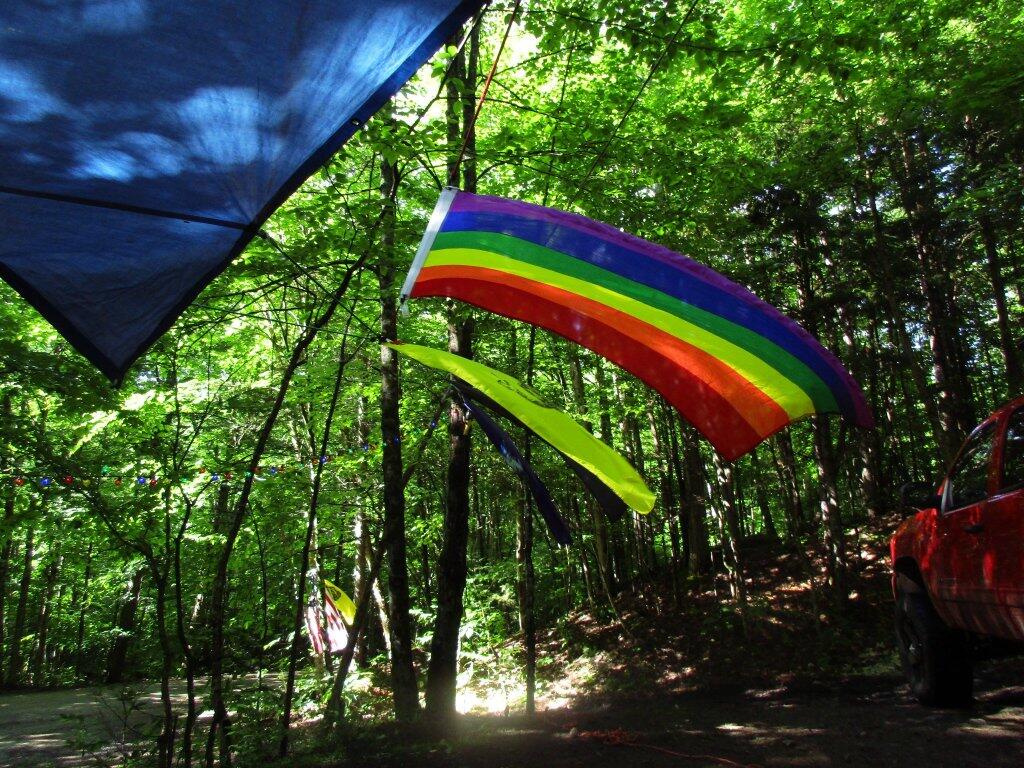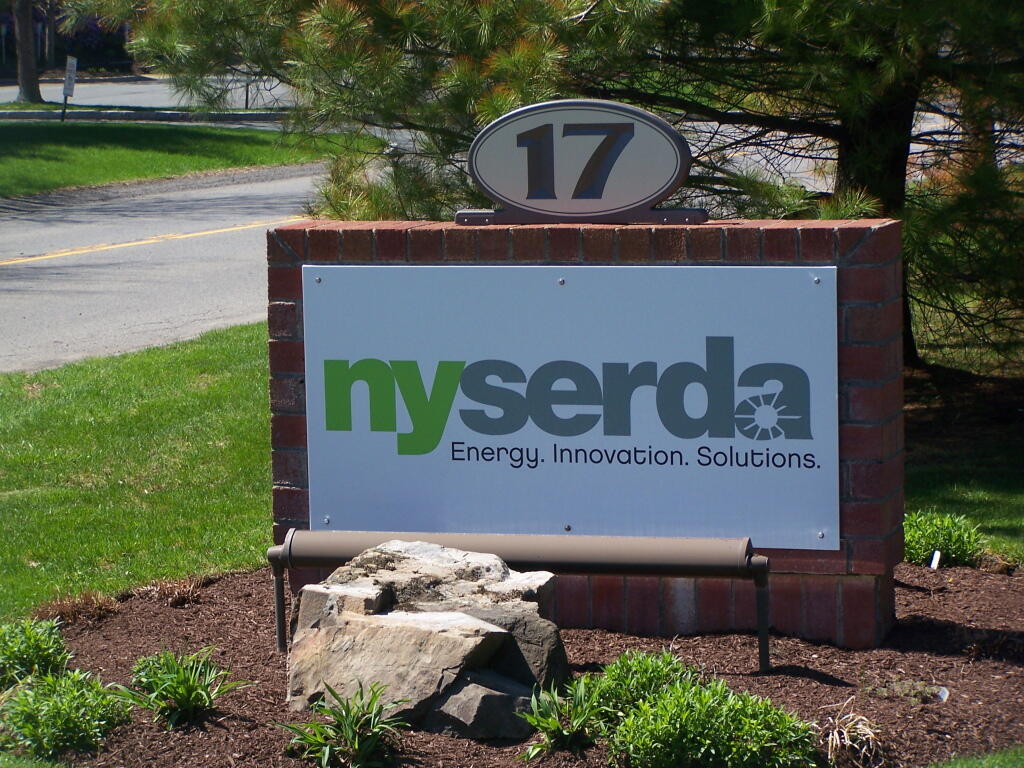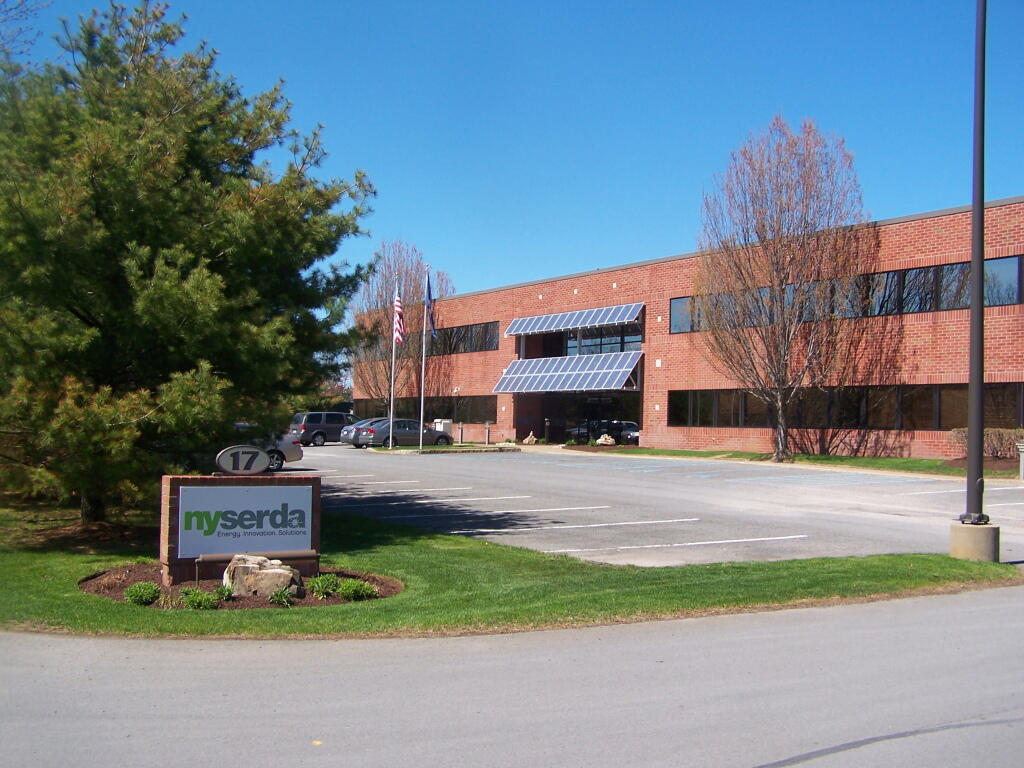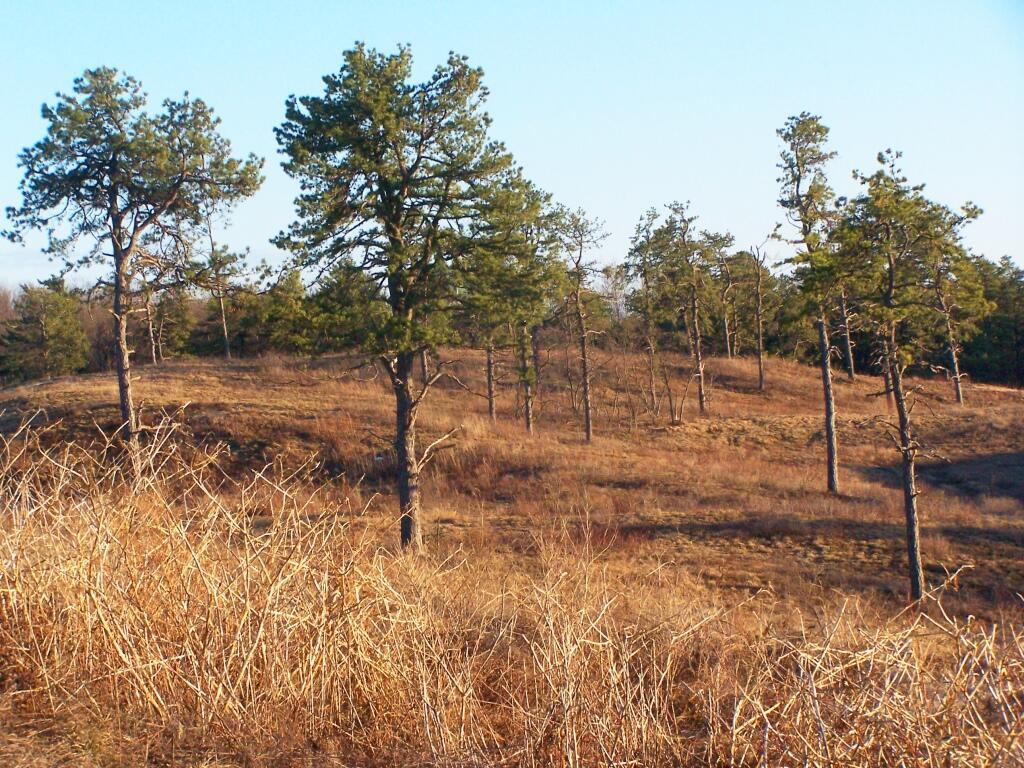Often when people talk about “Climate Change Adaption”, they open discuss mega-projects that prevent theorical stresses that face our cities and urbanized areas. They often discuss large flood walls and other reduncency that would not exist if not for climate modeling.
Yet, there is a more sensible alternative. It’s the minor project and tweaks that can help societies adapt to climate change, that cost far less. Rather then looking at the worst case scenario, planners and engineers can consider likely threats using climate models, and when building new infrastrucuture make tweaks to make them more resilant to weather and flooding that might not have existed even a generation before.
A lot of climate change adaption will happen quietly without much public notice. Simply said, engineers are already that taking notice of recent events, and have to consider future models. Many of the changes, such as bridges designed for greater stream flow, are occuring quietly, without much public consideration.
As get we farther down the path of the changing climate, more infrastructure will fail. Settlement patterns will quietly change, as will land use. But there will be no press release or global stragety. People will adapt to what is right for them, just as infrastructure quietly adapts to a changing climate.
